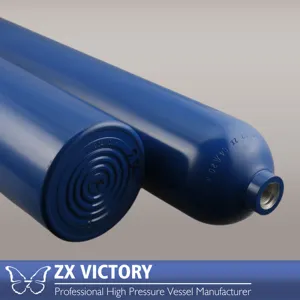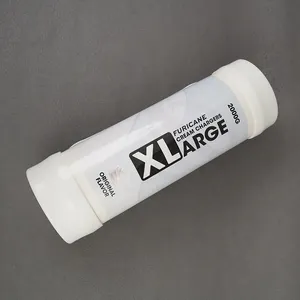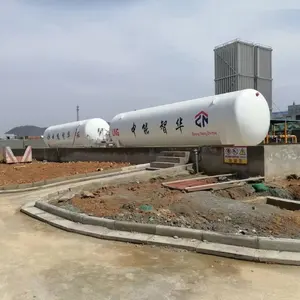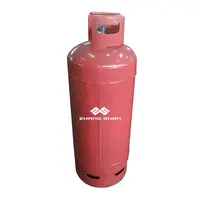Gas cylinders are categorized based on their construction materials and design, each type tailored for specific industrial needs. Type 1 cylinders, crafted from steel or aluminum, are robust and cost-effective, making them ideal for stationary industrial use where mobility isn't a priority.
Type 2 cylinders incorporate an aluminum body hoop-wrapped with carbon fiber, offering a lighter alternative to Type 1 while still maintaining a balance between cost and weight. This makes them versatile for various applications, including those requiring frequent movement within a site.
Type 3 cylinders are designed with a lightweight aluminum liner fully wrapped in carbon composite. They provide a substantial weight reduction, up to 30% lighter than Type 2, and can withstand higher pressures. Their portability and increased capacity make them suitable for medical, aerospace, and portable applications where weight and space are critical.
Type 4 cylinders are the lightest, constructed primarily from carbon composite with a polymer liner. They are optimized for maximum portability and are best suited for applications where the cylinder needs to be moved frequently but used infrequently.
Lastly, Type 5 cylinders represent the cutting-edge in cylinder technology, currently reserved for advanced military and aerospace applications. They are linerless composites, pushing the boundaries of weight reduction and capacity but are not yet widely available for commercial use.










































 浙公网安备 33010002000092号
浙公网安备 33010002000092号 浙B2-20120091-4
浙B2-20120091-4